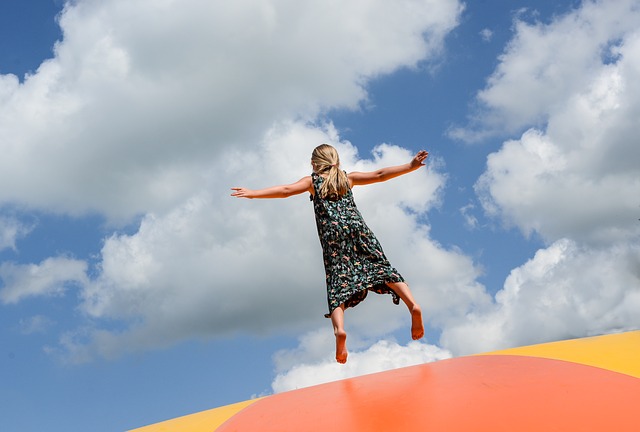A Fresh Perspective
Ever gone to a seminar or an event and had your opinions completely and utterly turned on their heads? Only believing in one way of doing things and suddenly…. there’s a new way (only it’s not new it’s just looking from a different perspective). I had this experience recently when I had a chance to hear Dr Michael Hall lecture in Sydney. He completely changed the game and caught me in a spin especially regarding the best ways to strengthen and improve our posture.
I write this while sitting at my desk, reminding myself that all of our postures need work. As a Chiropractor, this is the predominant thing that we are concerned with professionally. Improving someone’s posture so they can maximise their experience and enjoyment of this wonderful thing we call life.
“Posture is nature’s way of expressing energy. Every task, skill and function that we do each and every day is enhanced by posture” – Dr Tim Brown.
Posture allows for full, uninterrupted communication between the brain, body and nervous system so that we can maximise our adaptation to our internal and external environment. To enjoy the experiences that without posture would otherwise pass us by.
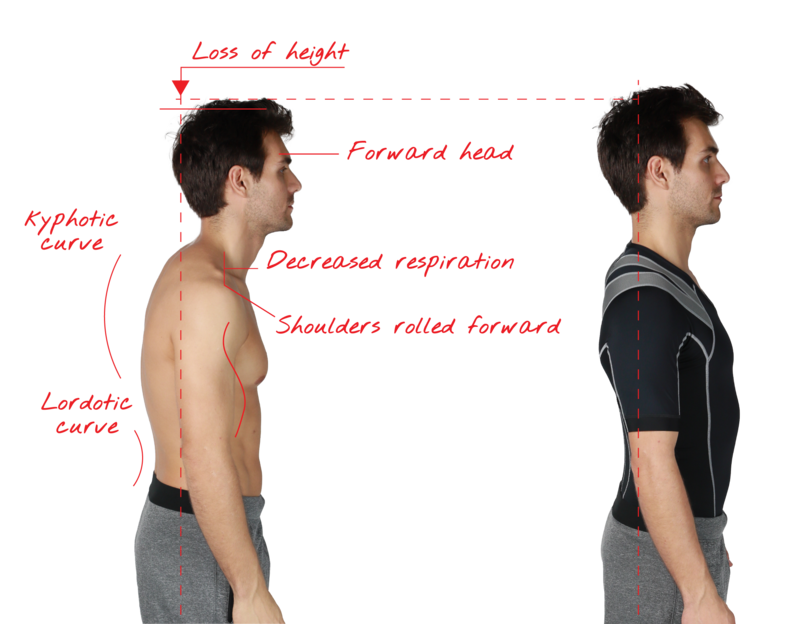
So how did my perspective on posture, after 18 years of either practicing or studying chiropractic, suddenly change? What have I learnt that has reframed postural improvements and the movements that we should all be doing to either strengthen and or improve our posture?
1. Embrace our Asymmetry
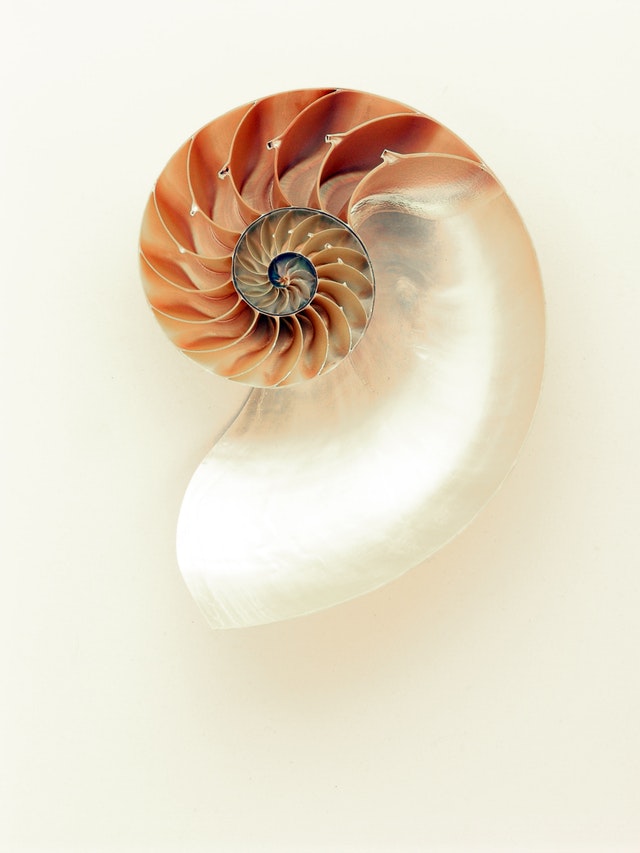
Lets face it- we weren’t born perfectly symmetrical. This goes for front to back symmetry and left to right symmetry too. This first shift forced me to look at the body 3 dimensionally. The front to back asymmetry is a different postural paradigm, yet critical. Born in a naturally flexed or “C” shaped posture, it’s the strength of these anterior muscles which dominate. As we develop, we grow the muscles that straighten us up. They hold us upright and play a much larger role. These are our extensor muscles. The balance between these frontal “flexor” muscles and rear “extensor” muscles is what allows us to effectively develop 3 spinal curves particularly through the neck and lower back where that initial flexed “C” shape reverses and our ability to remain upright kicks off.

Given our modern lifestyle and our nature to sit, our extensor muscles need help. Being upright as often as possible is a great way to help restore the balance. Yet deliberately standing as tall as possible or exaggerating a “perfect posture” even for a few seconds helps to restore that extensor postural muscle engagement and prevent the drooping back into a stooped, flexed position. This is why I’m a huge fan of hanging to help switch on the extensors and to decompress and give the spine some space again. Similarly is core strengthening, lying flat on your back, the best option?? We think potentially standing core exercises has a lot more bang for your buck for providing strength and improving posture at the same time.
There’s a gifted few of us who are left handed, the predominate are right handed. Does this affect our posture and our muscle development? What about the fact our heart is bigger on one side of the body? Or our internal organs like the spleen and liver are only housed on one side? Does this affect posture? Absolutely. To try and develop 100% symmetrical left/right posture is a myth. The best we can do is to bring the left/right balance closer to ideal yet appreciate that perfect is a dream and not the real goal of any postural improvement.
Training posture by deliberately carrying heavy, uneven loads on one side of the body forces the balance, core and stabilising muscles to fire. These are your postural protectors. Yes the weight will be uneven but this will force the supportive muscles on both sides of your spine and body to work and stabilise. A lot of what you do each and every day is uneven. We need a strong posture to prevent against wear and tear and injury. So deliberate training into this imbalance is very useful.
2. Use your Arms and Legs
Why are we talking about arms and legs when it comes to posture? Because each and every time you move your arms or your legs they are anchored to your spine. So by moving your arms and legs they drive your postural development. Apparently these arms and legs of ours are there for a reason, they’re not just painted on.
As a child develops and gets away from the flexed positon it was thought that straight “tummy time” allowed for the correct postural development of their neck and lower back curves. Tummy time is awesome, but for a different postural reason. Babies start to engage their limbs – to roll over, push themselves up, reach for toys and food etc. The “Original Strength” crew include a lot of rolling, crawling and rocking in their basic movement resets. Thinking consciously about it, the spine stays relatively “neutral” or stable in many of these movements. It is the movement of the arms and legs constantly driving and lubricating the spine, hips and pelvis. It is this arm and leg movement that is strengthening the posture.
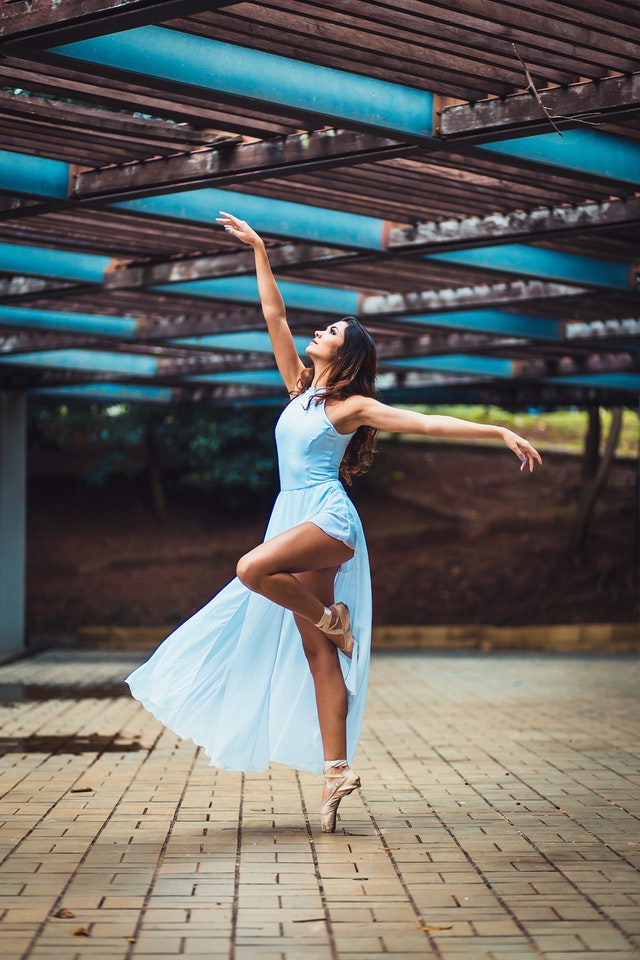
Limb movement again is great for embracing the asymmetry. Deliberately lifting the right arm forces coordination and control all the way through the left lower back. Similarly, side to side movements of the legs really develops lower spine and pelvic stabilising muscles, particularly useful for anyone who makes a career of sitting or ones worried about lumbar disc injuries.
3. Balance
Balance is a highly complicated process. It puts the speed of the nervous system to the test as information from the body, joints and muscles travel at warp speed being processed by the brain with constant micro adjustments made to maintain the upright, erect position.
The 4 major balance input centres are the:
- Eyes
- Feet
- Joints & Muscles of the Upper Neck
- Joints & Muscles of the Pelvis
Balance control is critical in fall prevention at any age. Yet because balance is linked to muscular and joint feedback, it can be controlled. Training balance exercises forces muscular recruitment and activity throughout the spine as we stabilise front to back and left to right. The areas of highest activity are the upper neck and lower spine. It is this reason balance affects posture and can be controlled, improved and strengthened. The link between posture and balance is two fold. However, poor posture shuts off correct muscular input from the upper neck and lower pelvis thereby worsening balance coordination.
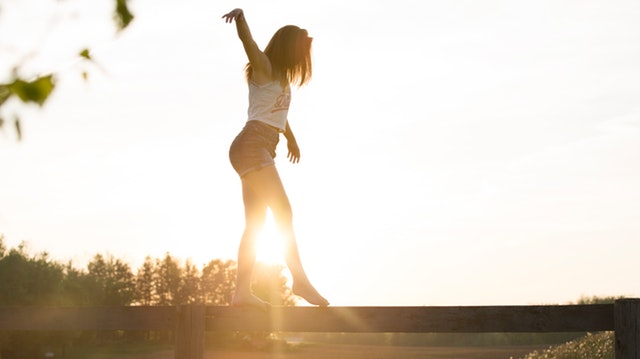
Balance, or lack of balance specifically, is a primary concern in the aging population as well as in states of chronic sickness, pain or ill health. Training balance could literally begin with 5-15” of standing on one leg, trying to walk heel toe or even trying calf raises (with eyes shut). The deep rotational, supportive and protective muscles here are working overtime, but as they work they’ll strengthen and tighten. Similar to a corset as these protective muscles strengthen, they’ll increase the support to your postural core.
Many will find just like surfing or skating, we have a preferred foot forward. If we learn to embrace that asymmetry we can begin to build the support network around us. We want a dynamic controlled posture in any and all positions. Balance training forces deliberate asymmetrical training within us and again, balance drives joint and muscular firing particularly from the upper neck and lower spine. Try balance training, it’s almost impossible to do slouched and it will certainly strengthen posture.
4. Bounce
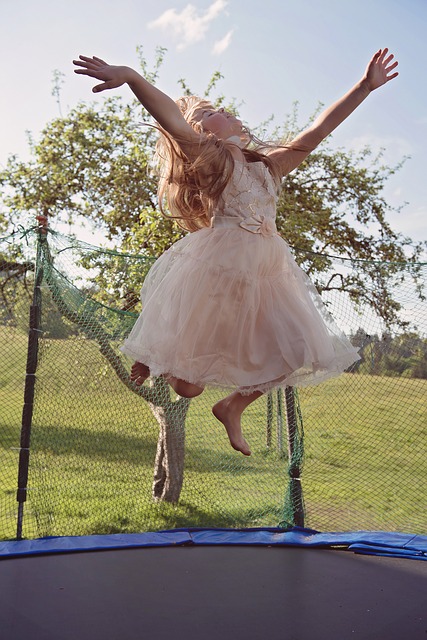
Looking for another way to maximise the joint and muscle activity into the brain to control posture and balance? It’s bouncing. Mother’s have known this for years as they gently bounce their knees up and down while trying to calm an upset little one. Papa’s have done the same bouncing kids on their knees. Boxers have always incorporated skipping into their routine for footspeed, cardio and training their postural core muscles. Bouncing is rhythmical and forces a tremendous amount of muscular recruitment (particularly our extensor and rotatory muscles) and muscular activity as we absorb and spring again and again in the same sustained posture.
Many of our sports, even the one we are most evolutionary evolved to do- running- is nothing but a series of bounces from one leg to another. Those who can shock absorb efficiently and well do it best. Bouncing embraces our natural front to back asymmetry as our spinal curves allow us to shock absorb and rebound on each bounce. When we bounce, we want to land close to where we took off. There is a tremendous amount of joint feedback and muscular control involved. Particularly from the lower spine and upper neck.
Try bouncing slouched. It is almost impossible. Furthermore it is almost impossible to bounce and frown at the same time. So there could be an additional mental health benefit of hopping on a mini trampoline too.
So that is how Dr Michael Hall helped me change and adapt the way I look at training and improving posture. It’s no longer just back bends and extension work nor is it about being perfect. Postural change and postural improvement comes from firing our arms and legs. From embracing our asymmetry and carrying heavy things deliberately one one side of the body. From playing with balance, bouncing and fully activating the spine and supportive muscles.
We would love you to try some of these things. Please check out the videos and have a play. If you are like me and spend any and all time in a chair, train, strengthen and protect your posture. It’s the best way to protect your foundation that is holding you upright throughout life, each step of the way.

